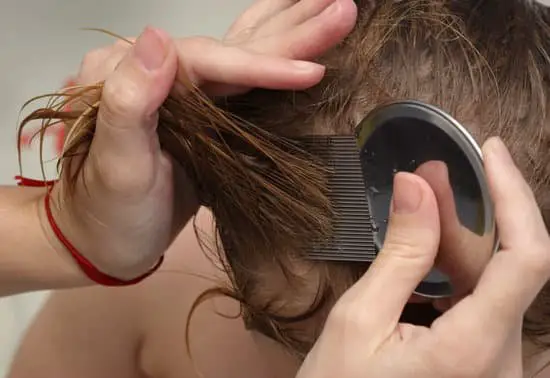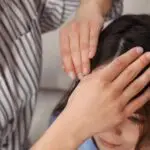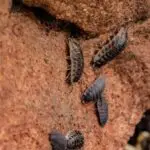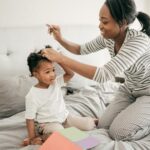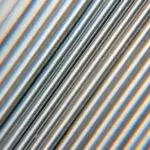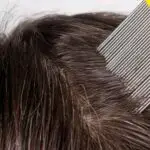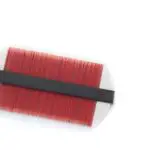Where Are Head Lice From?
If you suspect that your child may have been exposed to head lice, you should wash all items that come into contact with the child. It is best to wash clothing with hot water and detergent. You should also make sure to wash the headwear and any accessories that the child may have been wearing. It is also important to avoid sharing towels, hats, and clothing. Schools often require children to remove head lice from their clothes before they can attend school.
You can tell if you have head lice by looking for tiny white, egg-shaped creatures that are attached to your hair. These are usually found in the hair around your ears or on the nape of your neck. Lice eggs are oval-shaped and firmly attached to your scalp. The lice eggs develop into nymphs and become adults in nine to twelve days. Once they hatch, the lice will lay several eggs per day. You may notice that the eggs resemble dandruff. The nymphs will go through three stages before becoming adults. Adult lice are tan-colored and will move rapidly across your scalp.
Head lice are spread by head-to-head contact. Children with head lice may have touched someone else’s head at a play party or sports event, or have come in contact with their own head while playing. If you suspect that your child has head lice, you should check your entire family to ensure that no other members of your family are infested. If you find any, you may need to treat the entire family.
